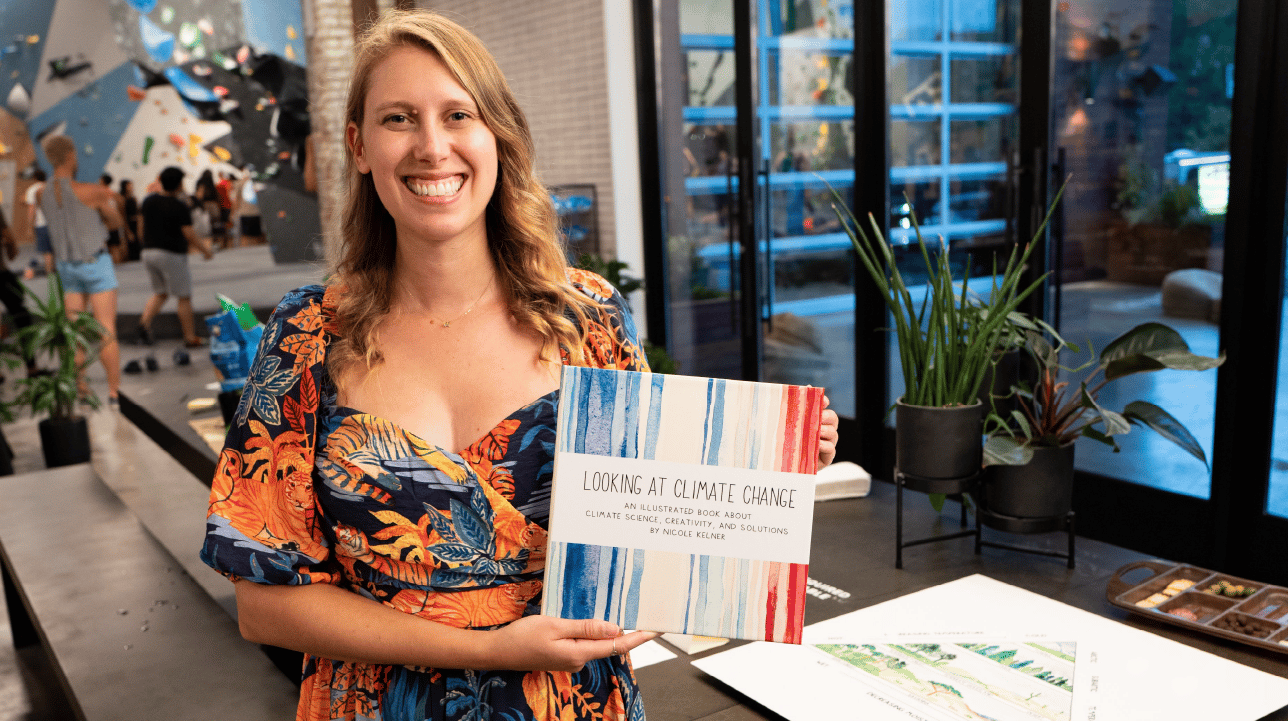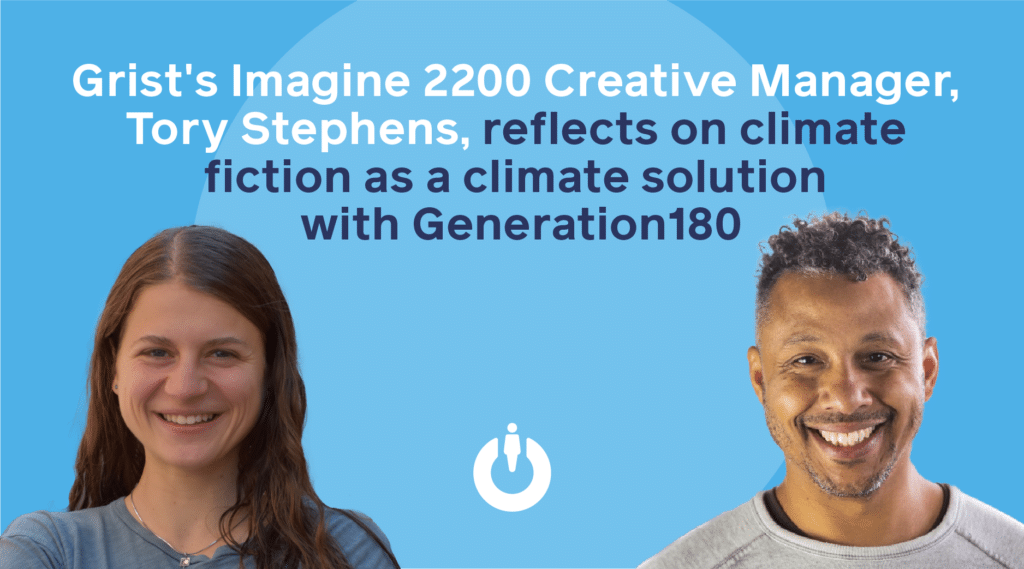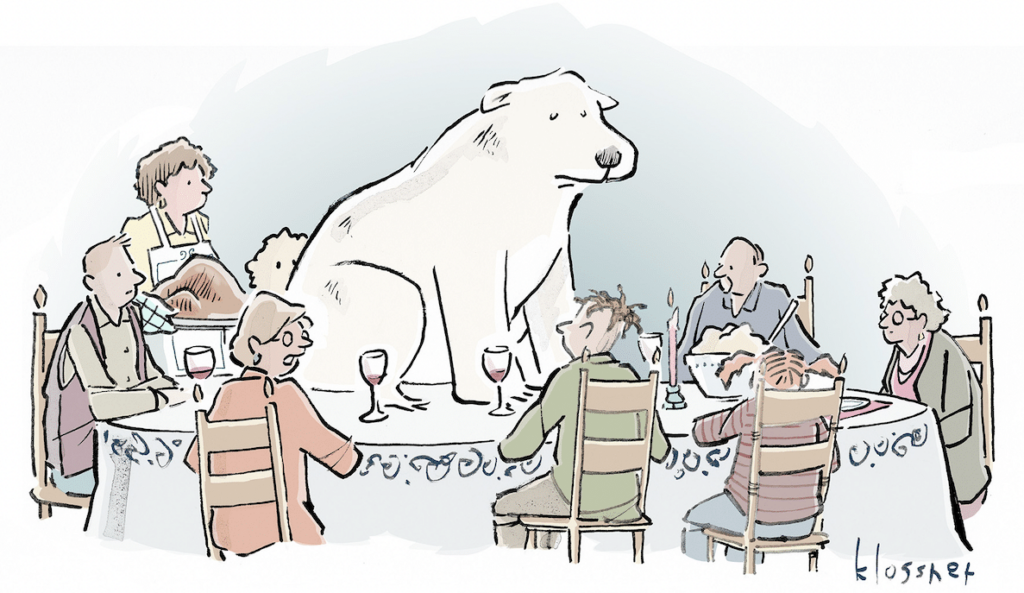Ultimately, our laws and policies change because the hearts and minds of people change. One way in which we can bridge the gap between scientific facts about climate change and the emotions necessary to inspire action is art.
The art of Nicole Kelner has attracted attention both in and outside the climate and scientific community. Learn more about her work and the role art has to play in the climate movement in this Q&A.
Generation180: Tell us about your background as an artist.
Nicole: I have not always been an artist, but I grew up loving art. I took AP art and took a college level class in high school that I had to drive all the way to Philadelphia for. I didn’t pursue any art classes formally after high school, but creativity has always been a part of my work.
Generation180: Can you walk us a bit through your background in the climate space and your shift into art full-time?
Nicole: I co-founded an after school program teaching kids how to code and sold that in 2019. After completing a zero-waste challenge in 2019, I had a wake-up call. I did a lot of research in order to live a zero-waste lifestyle for that long in a city and decided that I wanted to devote the rest of my career to working in climate. I didn’t know what that would look like, especially since I didn’t have a formal climate-related degree. I was overwhelmed thinking about how I could make a difference on climate as one person, but I eventually found my place.
I started by leveraging my operations background and worked with both Climate Finance Solutions and Dashboard Earth. During the pandemic, like everyone looking for ways to stay positive, I started painting for fun. I challenged myself to paint a watercolor a day for 100 days and began painting a lot of pieces about climate.
My art quickly gained a lot of attention. I quit my job in April and now make art about climate change full-time. I used to just be a member of My Climate Journey, but now I’ve come full circle and am thrilled to be part of their team as their artist-in-residence.
Generation180: You’ve gone viral on Twitter on multiple occasions. Tell us more about how you share your work with others.
Nicole: Primarily Twitter! It’s a great space both for finding inspiration, networking, and sharing my work with others. I also share my work on Instagram and LinkedIn, and offer climate art workshops.
I’m wrapping up my first book, A Brighter Future: Illustrating Climate Change and Solutions, that’s available for pre-order.
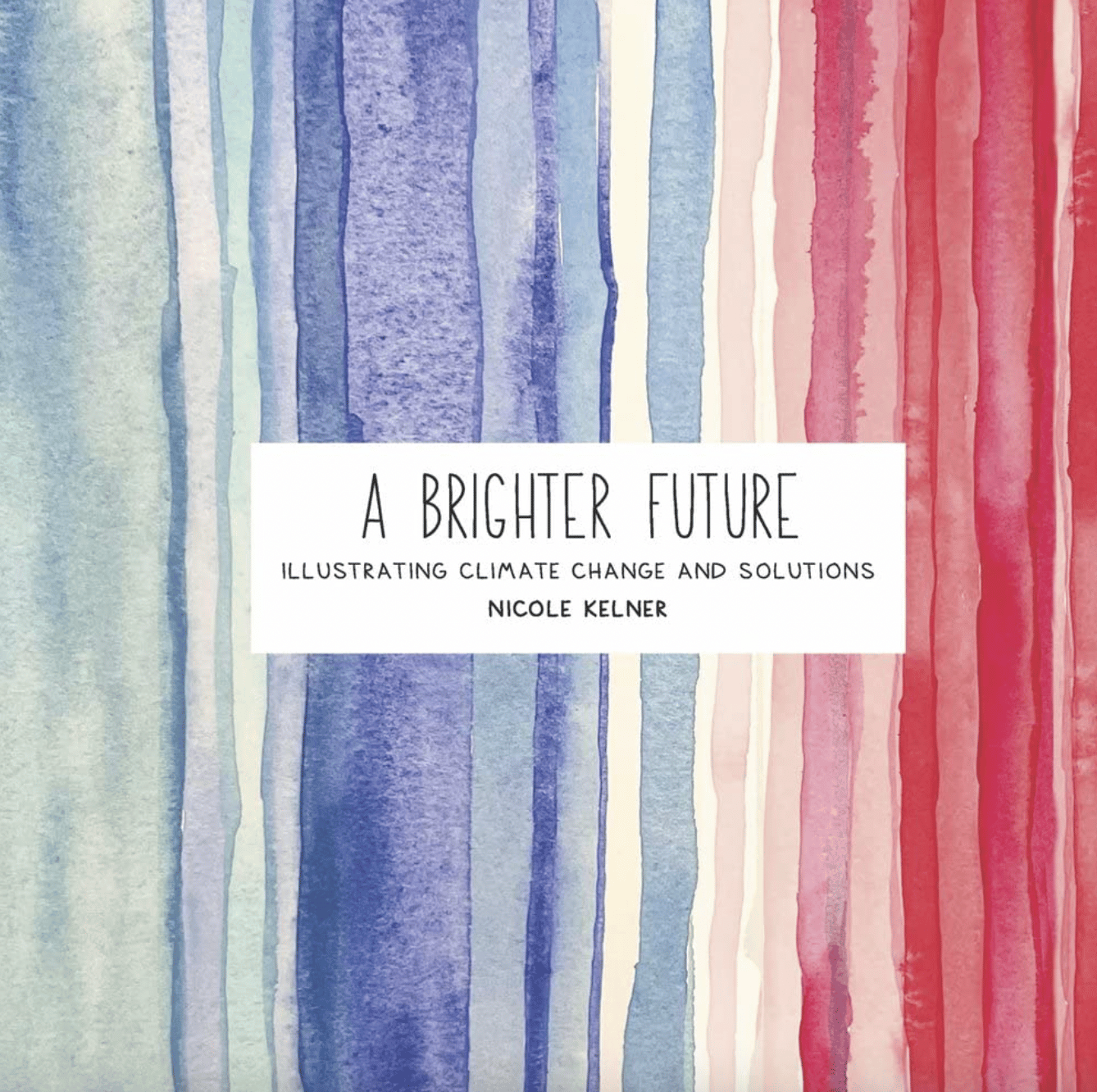
Generation180: Do you have a favorite piece? Explain why.
Nicole: That’s a hard one. In August, I made a piece when the IRA passed that’s still being circulated widely.
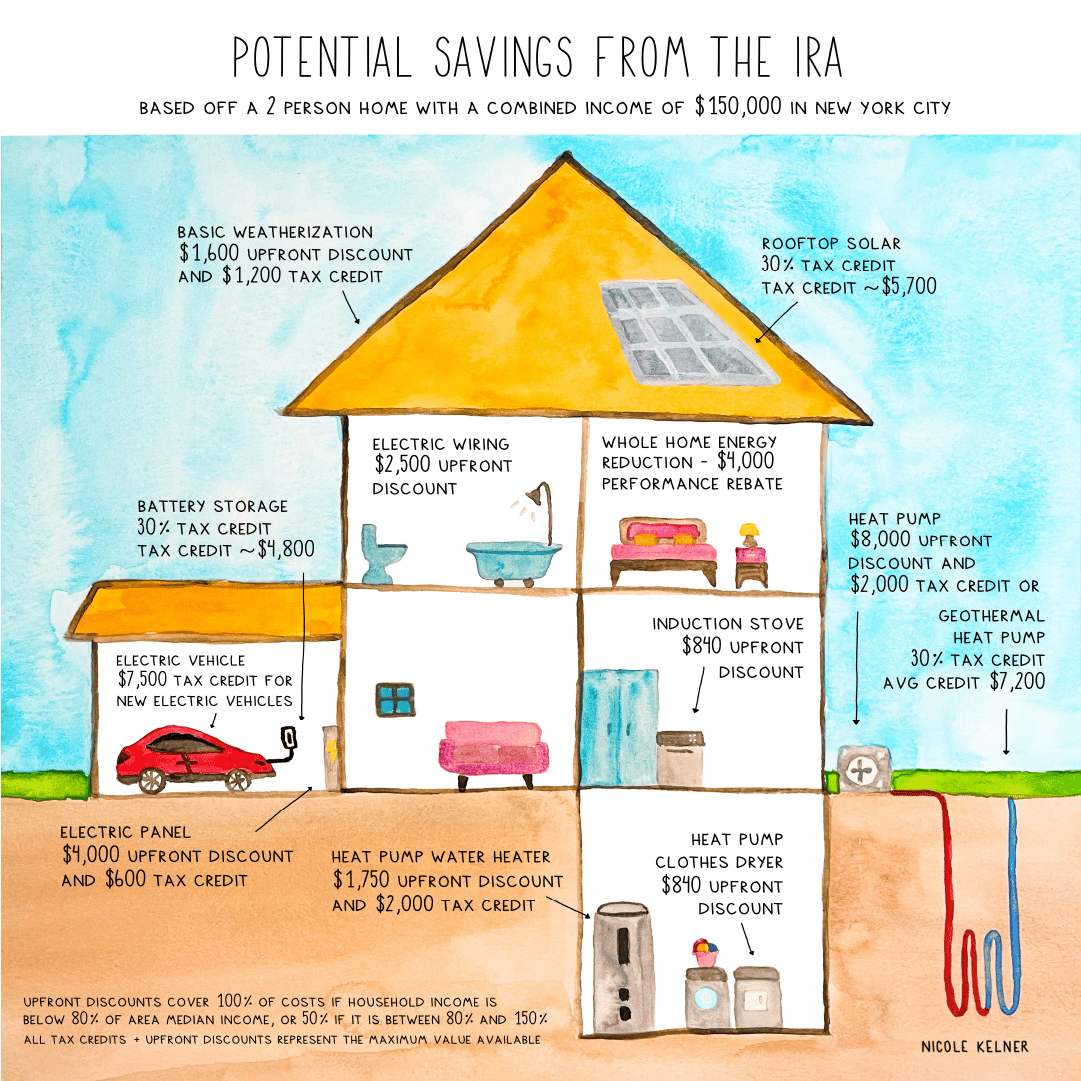
It was one of the first pieces that I feel like I made unique content that is useful, actually helps people understand a wonky climate policy, and was fully formed in my brain alone. This piece really showed me that art can make a complex climate topics (read: 300 pages of policy jargon) accessible to everyday people. I’ve even made additional local and state versions, too.
Generation180: Are there any recent projects that you’re excited about?
Nicole: I just finished a piece for The Guardian and got to work with an investigative journalist which was new for me. I also loved my latest work for RMI and UndauntedK12.
Generation180: Who are your favorite artists and which influencers are you following?
Nicole: There are so many—lots of climate scientists and illustrators. I love Pique Action, Ed Hawkins—he inspired my climate stripes piece, creators like Alaina Wood, and illustrators like Mari Andrews.
Generation180: Do you have any advice for artists looking to engage more in the climate movement?
Nicole: We need more of you! Finding any way of taking your own superpower and turning it into climate action is my general advice for anyone, and it can be applied to artists.
“Finding any way of taking your own superpower and turning it into climate action is my general advice for anyone.”
Just get started! Do a side project in climate just to begin to dabble in it, like a musician could do one song in their next album about climate.
Generation180: What gives you hope about our clean energy future?
Nicole: Honestly, all of the investment going into it. By working with MCJ, I get to hear about the companies in our portfolio and learn about the inspiring, innovative technology being created to advance climate solutions. Then, I get hired by them to illustrate their mission.
I am constantly in the hope mindset and I keep my art focused on hope (with a little dose of we need to do heavy lifting). But it’s essential for us to have hope to be able to get the work done.
“It’s essential for us to have hope to be able to get the work done.”
Want more? Check out Nicole’s print shop here, and follow her on Twitter and Instagram.












